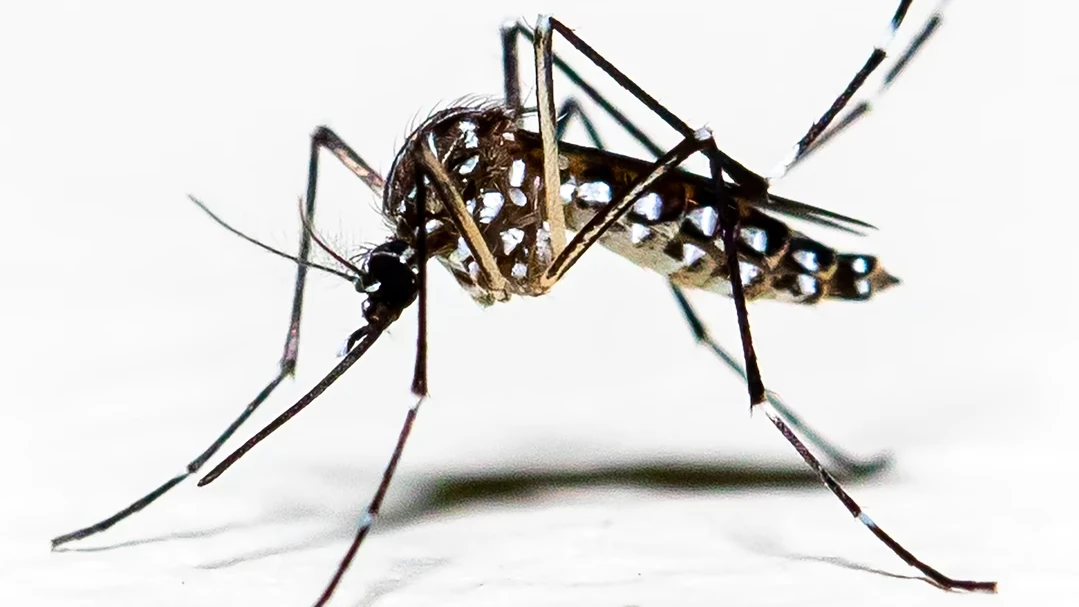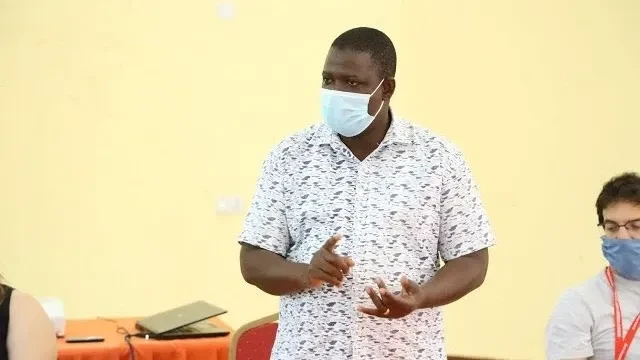Spatial repellent primed to ‘deter’ mosquito bites for whole year

SPATIAL emanators, a novel repellent technology promising a revolution in mosquito control and enabling malaria protection for up to a year, has been unveiled by the Ifakara Health Institute (IHI working with the University of California at San Francisco (UCSF).
Prof Sarah Moore, visiting senior scientist at IHI and lead author of the study, published early this week in eBioMedicine part of the well medical journal, The Lancet, said that spatial emanators are the first repellents to offer protection lasting up to a year.
A World Health Organisation (WHO) write up says that spatial emanators – also known as spatial repellents – emit active ingredients into the air to kill off mosquitoes, deterring them from entering treated spaces and prevent them from locating and biting human hosts.
It says that the repellents offer a promising complement to existing prevention measures such as insecticide-treated nets (ITNs) and indoor residual spraying as unlike treated nets spatial emanators may provide an added layer of protection against day-time mosquito attacks on residents.
The new tool could soon change the fight against mosquito-borne diseases in Tanzania and beyond, the result of a global analysis examining more than 25 years of data involving around 1.7m mosquitoes.
It found that spatial emanators —sheet-like devices that release insecticides into the air—can reduce mosquito bites by over 50percent, such that WHO recently endorsed spatial emanators as marking the first new class of vector control products introduced in over 40 years.
These repellents protect not only against malaria mosquitoes but also against dengue, West Nile virus, yellow fever and others, the author noted, affirming that unlike conventional repellents, which require frequent reapplication and last only hours, spatial emanators remain effective for weeks, months, or even a full year.
One product, SC Johnson Guardian™, demonstrated protection lasting up to 12 months, such that Dr Ingrid Chen, associate professor at UCSF and co-author, asserted that this method is lightweight, affordable and easy to use—ideal for broad adoption in resource-limited settings.
Nearly 50 researchers from 15 countries contributed to the study, with 14 scientists from IHI providing significant data and expertise, the don underlined, while Prof. Moore, who has worked at IHI for 20 years, highlighted the institute’s dedication to finding practical malaria control solutions for affected communities.
Malaria remains a leading cause of death in Tanzania and across sub-Saharan Africa. In 2023, it killed nearly 600,000 people worldwide—most of them young children in Africa, WHO data indicates.
While bed nets and spraying have saved millions of lives, challenges like insecticide resistance, limited funding and evolving mosquito behaviour make new tools urgently needed, the authors noted.
“Spatial emanators require no electricity, heating, or constant reapplication, making them suitable for both urban and rural settings. This innovation offers renewed hope for sustained protection against malaria and other mosquito-borne diseases, potentially saving countless lives globally,” the veteran researcher affirmed.
Spatial emanators reduce mosquito bites by an average of 56 percent, with protection seen as effective both indoors and outdoors, with some variation by mosquito species, while efficacy is consistent across different climates and weather conditions.
“With this new tool, communities in Tanzania and worldwide may soon have a powerful new defense against some of the deadliest mosquito-borne diseases—a hopeful advance in global public health,’ the lead author enthused.
Top Headlines
© 2025 IPPMEDIA.COM. ALL RIGHTS RESERVED






















